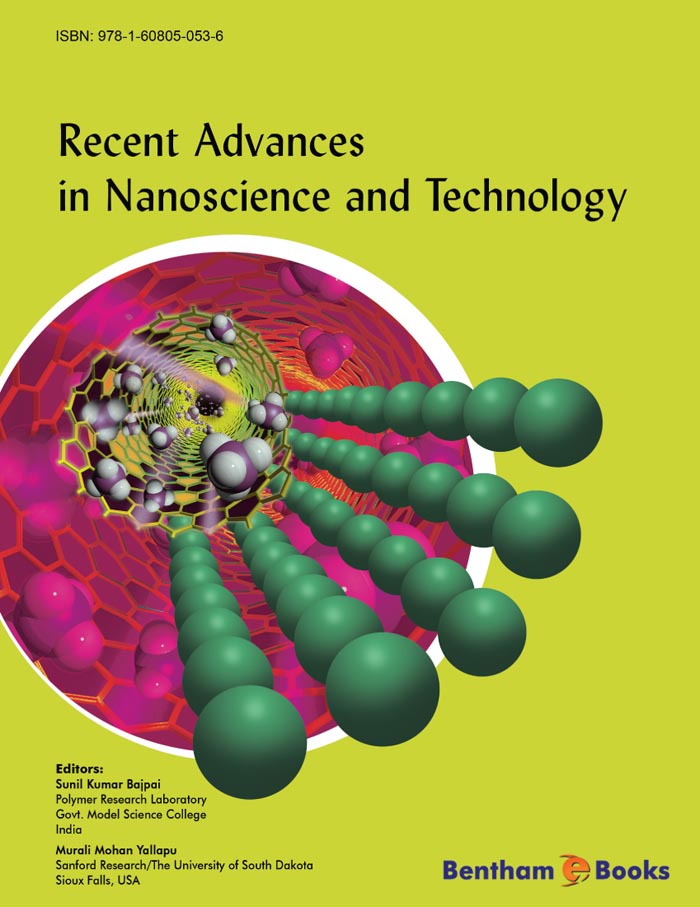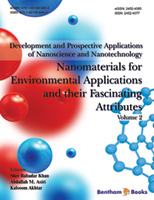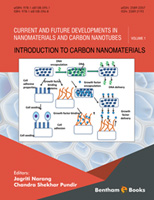Foreword
Metal nanoparticles play an interesting role both in nature as well as in the area of nanotechnology. With the number of publications mushrooming in the different areas of nanotechnology not only in the core areas of nano-materials, but meanwhile also in many specialized areas, this monograph on nanoparticles is filling the existing gap in the area of nanoparticles, above all in metal nanoparticles.
The rapid progress in the area of nanoparticles in general and in metal nanoparticles specifically absolutely justi-fies a monograph in this expanding field. The various applications of nanoparticles make them very useful materi-als or precursors for many processes. Interestingly, the great variety of nanoparticles is not yet reflected in the literature accordingly in this currently very active research field on a global scale. However, one is able to sense the trends and anticipate future directions in this exciting area.
This book covers a variety of different topics in this novel area that are reflected in the chapters and is focusing predominantly on metal nanoparticles. The first chapter is devoted to the synthesis of nanostructures in aqueous media. In the second chapter, surfactant-based synthesis methods for metal nanosystems are covered. In the third chapter the microemulsion-mediated synthesis of nanoparticles is considered. Chapter four handles the synthesis of metal nanostructures by photoreduction. The general aspects of self-assembly of nanostructures are discussed in the chapter five. The core topic of the monograph, metal nanoparticles, is contained in the sixth chapter. There, the different synthesis approaches to metal nanoparticles and polymer metal nanocomposites are highlighted. Finally, in the last chapter, three-dimensional networks based on hydrogels are presented as nanocarriers for metal nanoparticles.
In conclusion, this monograph is a valuable source for scientists, researchers, and students, who are interested in the area of metal nanoparticles and the latest developments in this interesting and important field.
Kurt E. Geckeler, M.D., Ph.D.
Chair, Department of Nanosystems Engineering (DNE)
World-Class University Program (WCU)
Professor of Materials Science and Engineering
Professor of Medical System Engineering
Gwangju Institute of Science & Technology
KOREA





